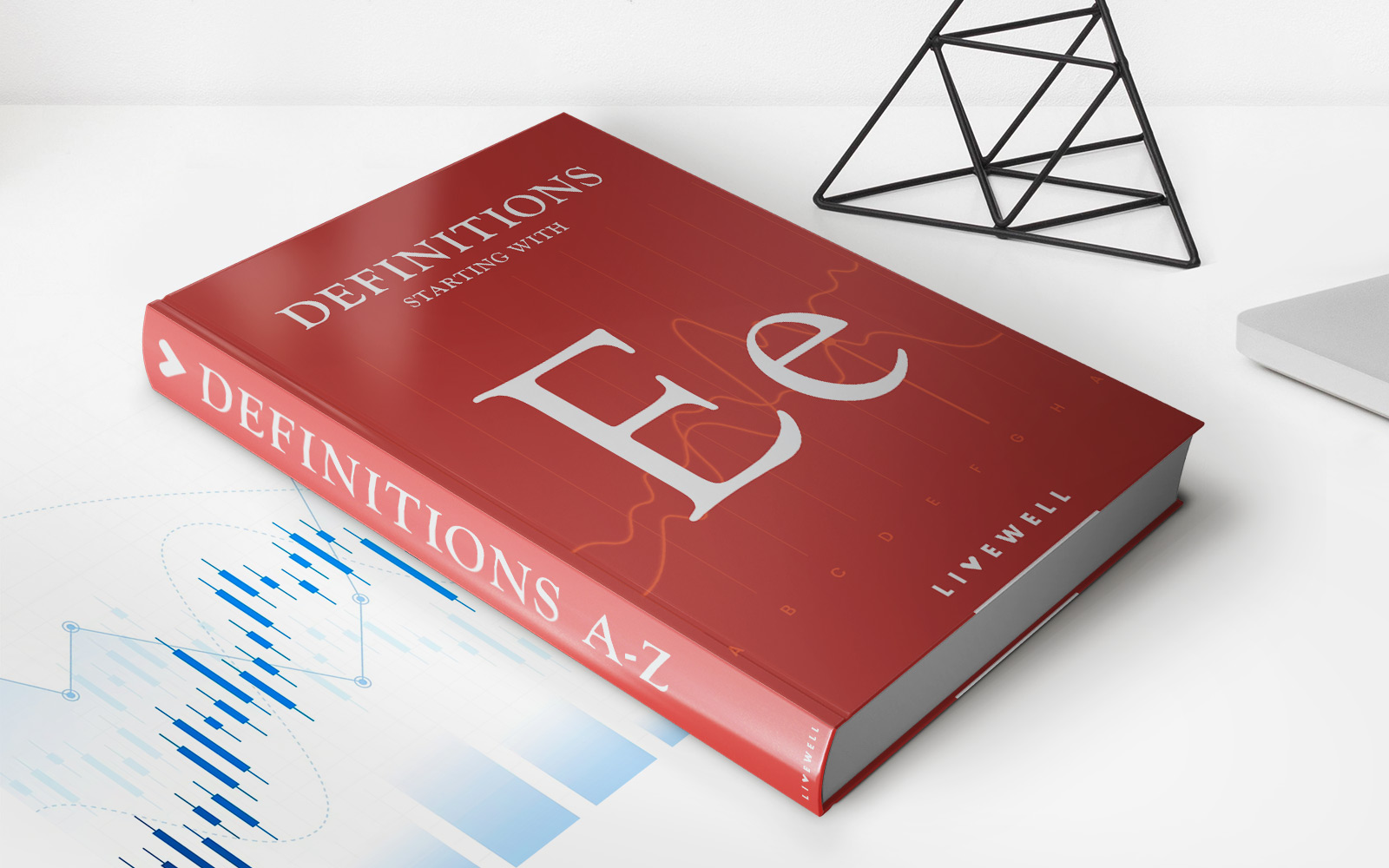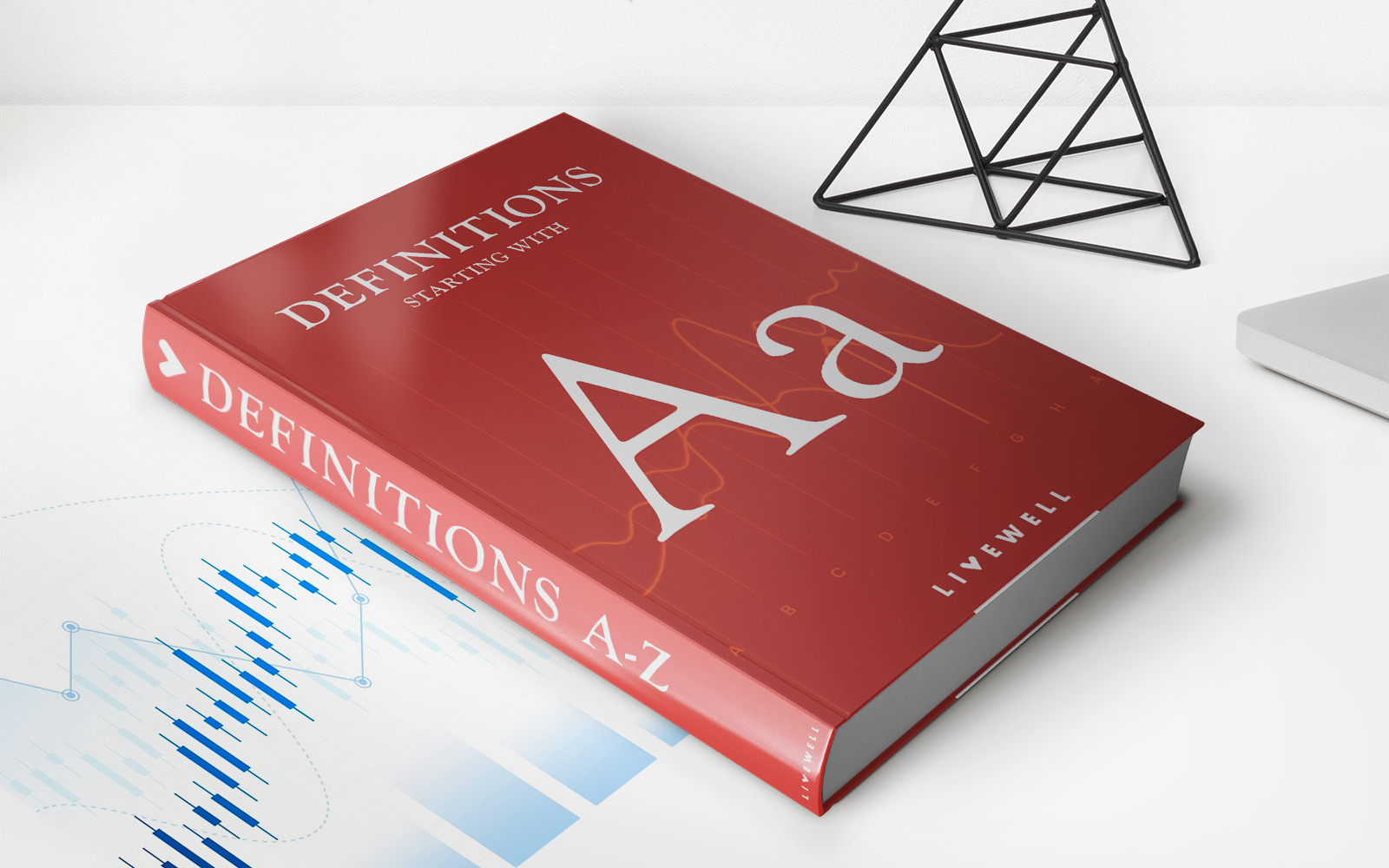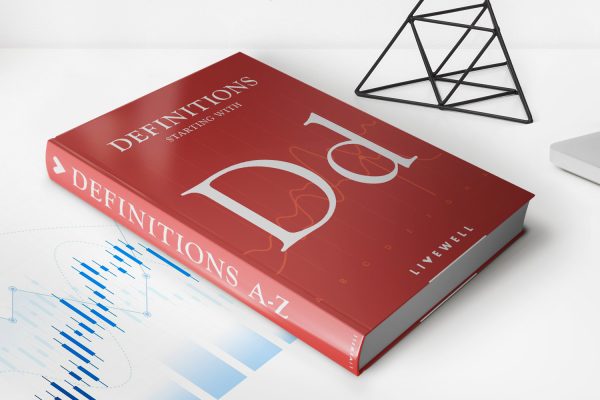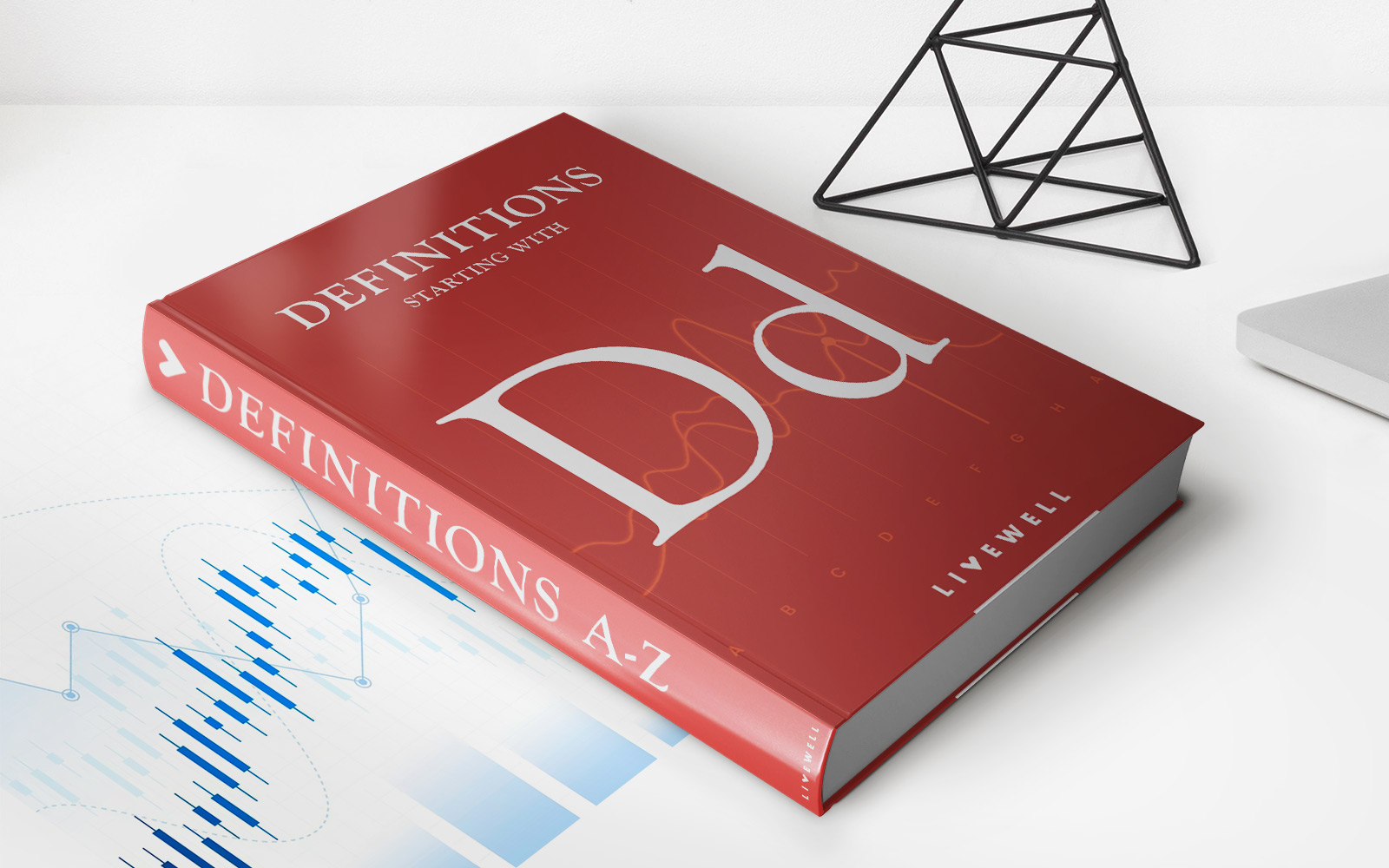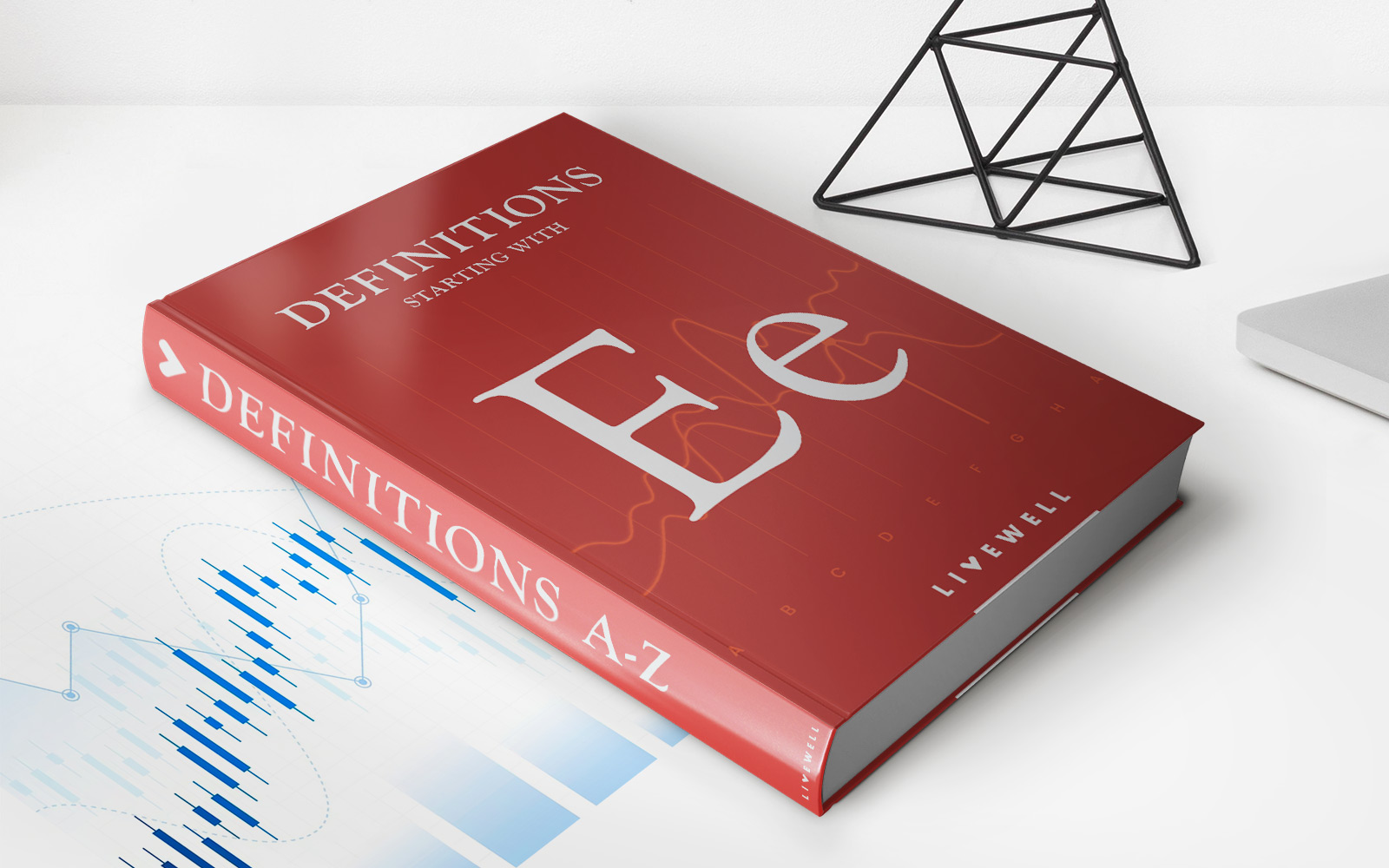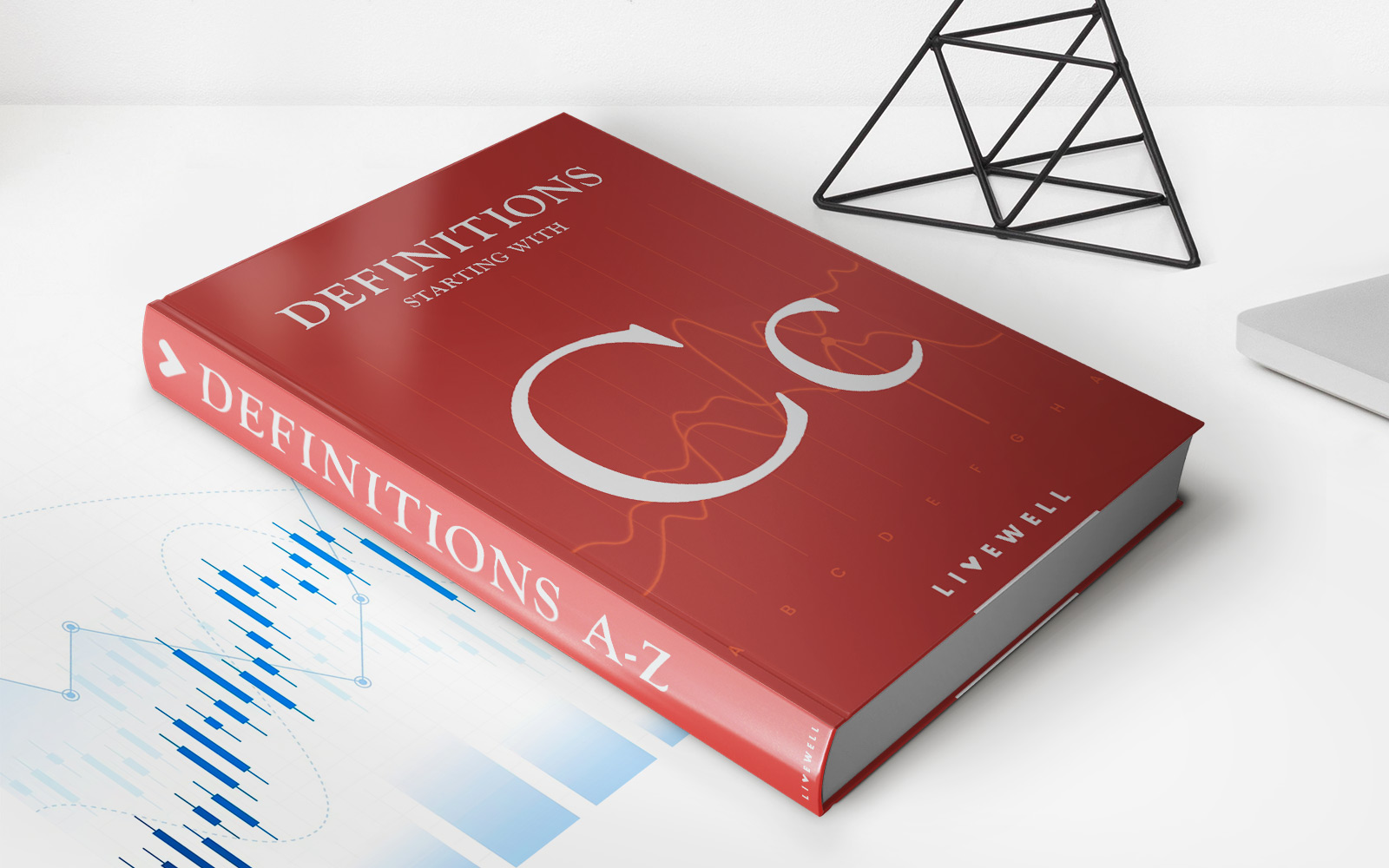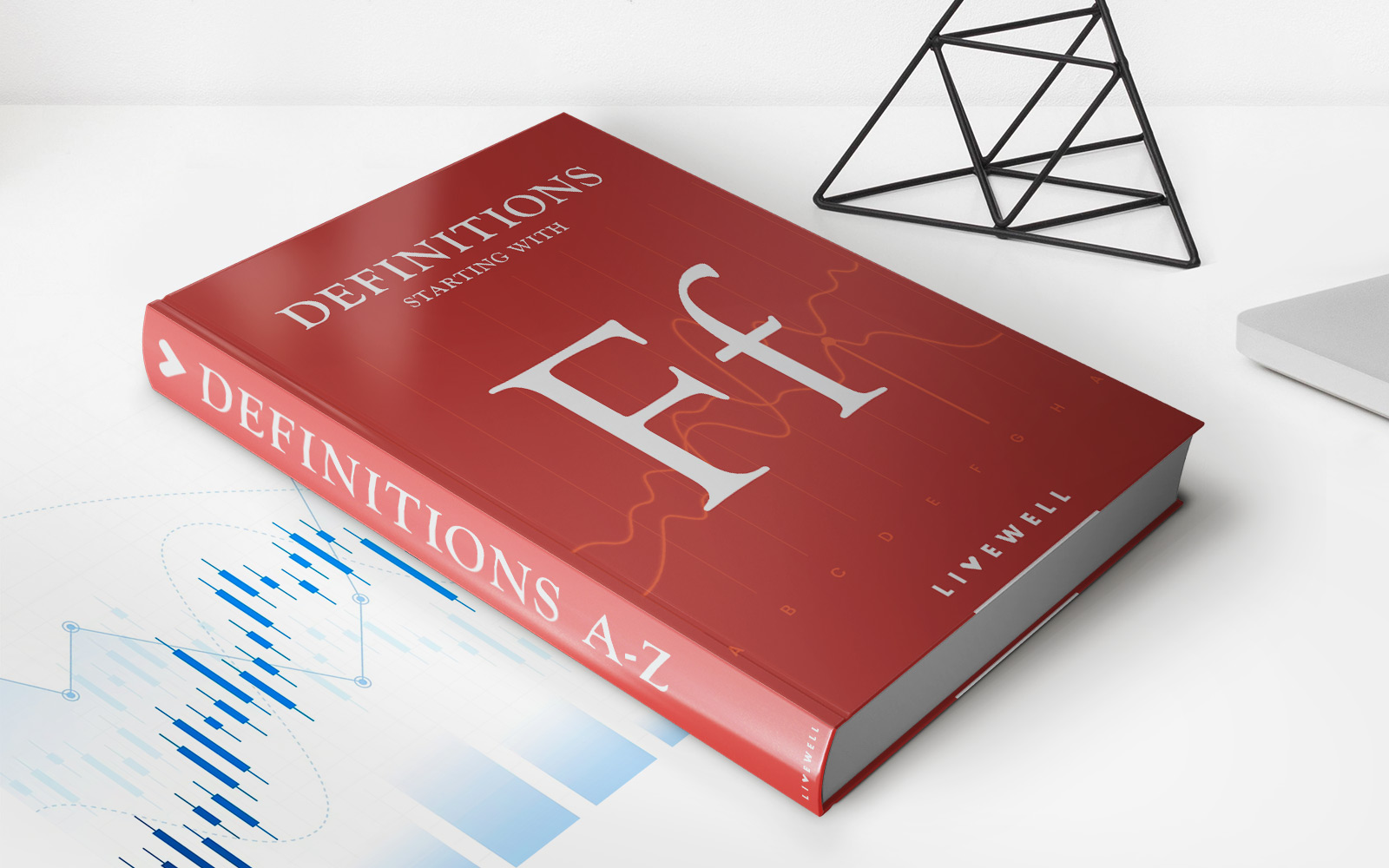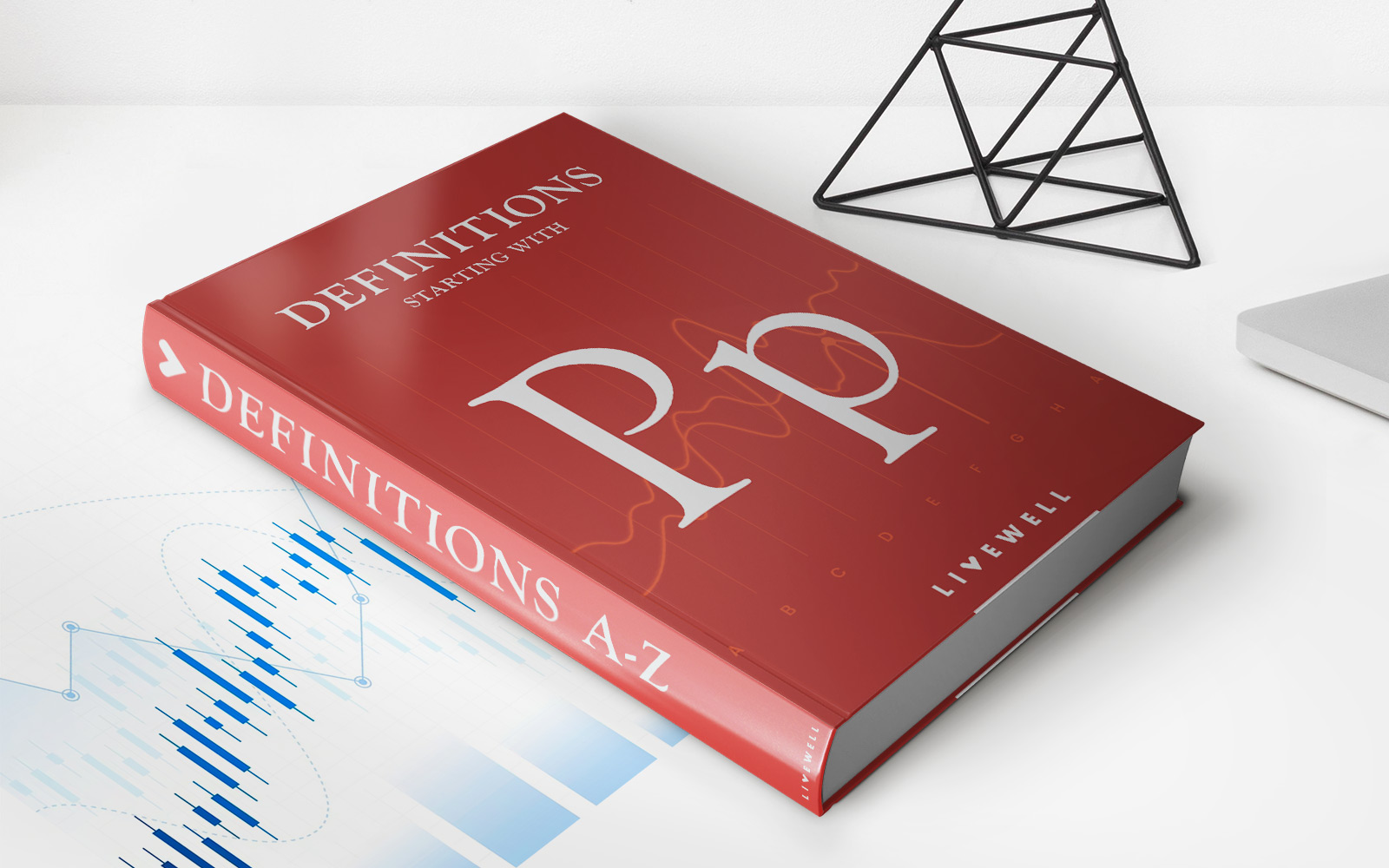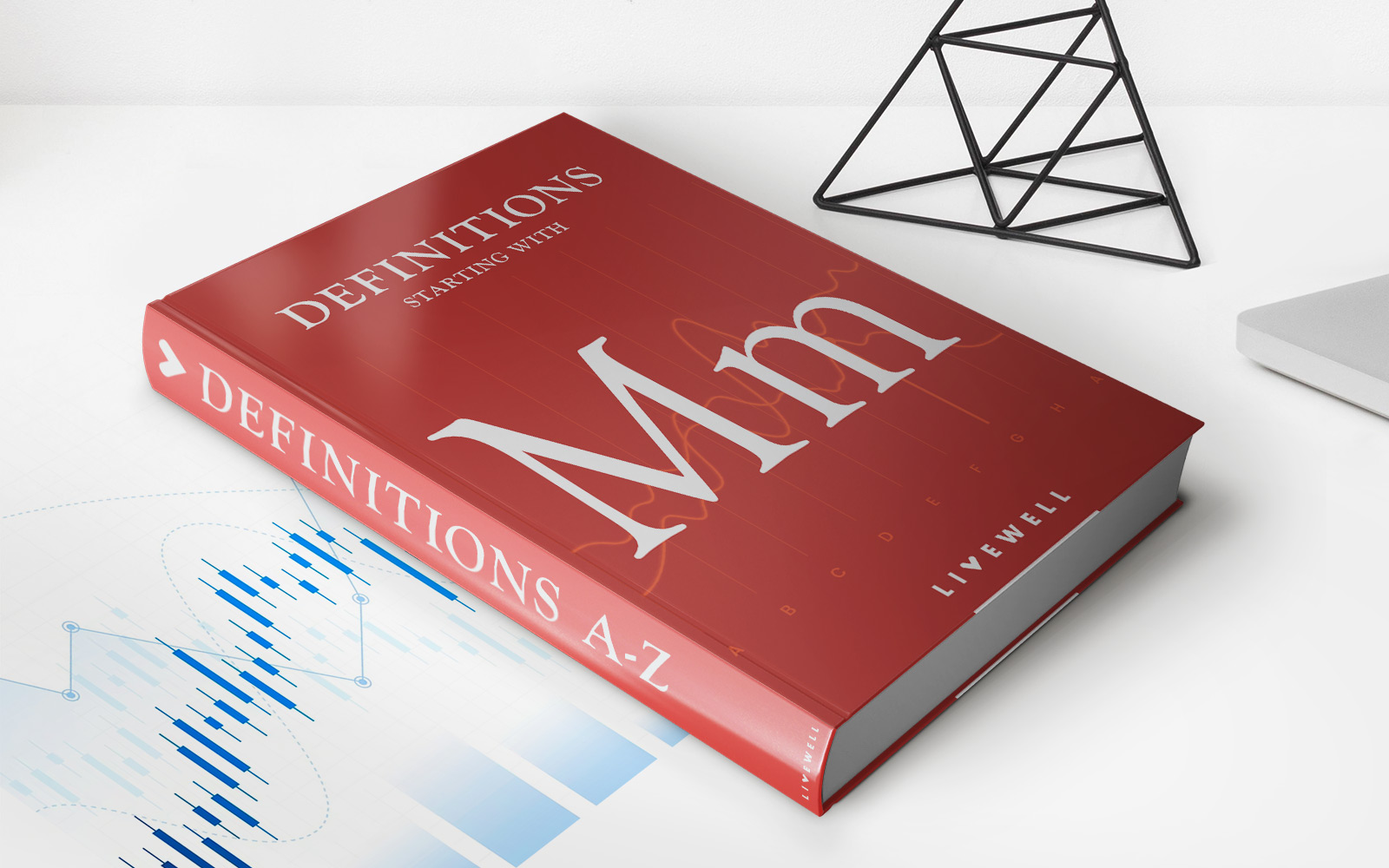Home>Finance>European Bank For Reconstruction And Development (EBRD) Definition
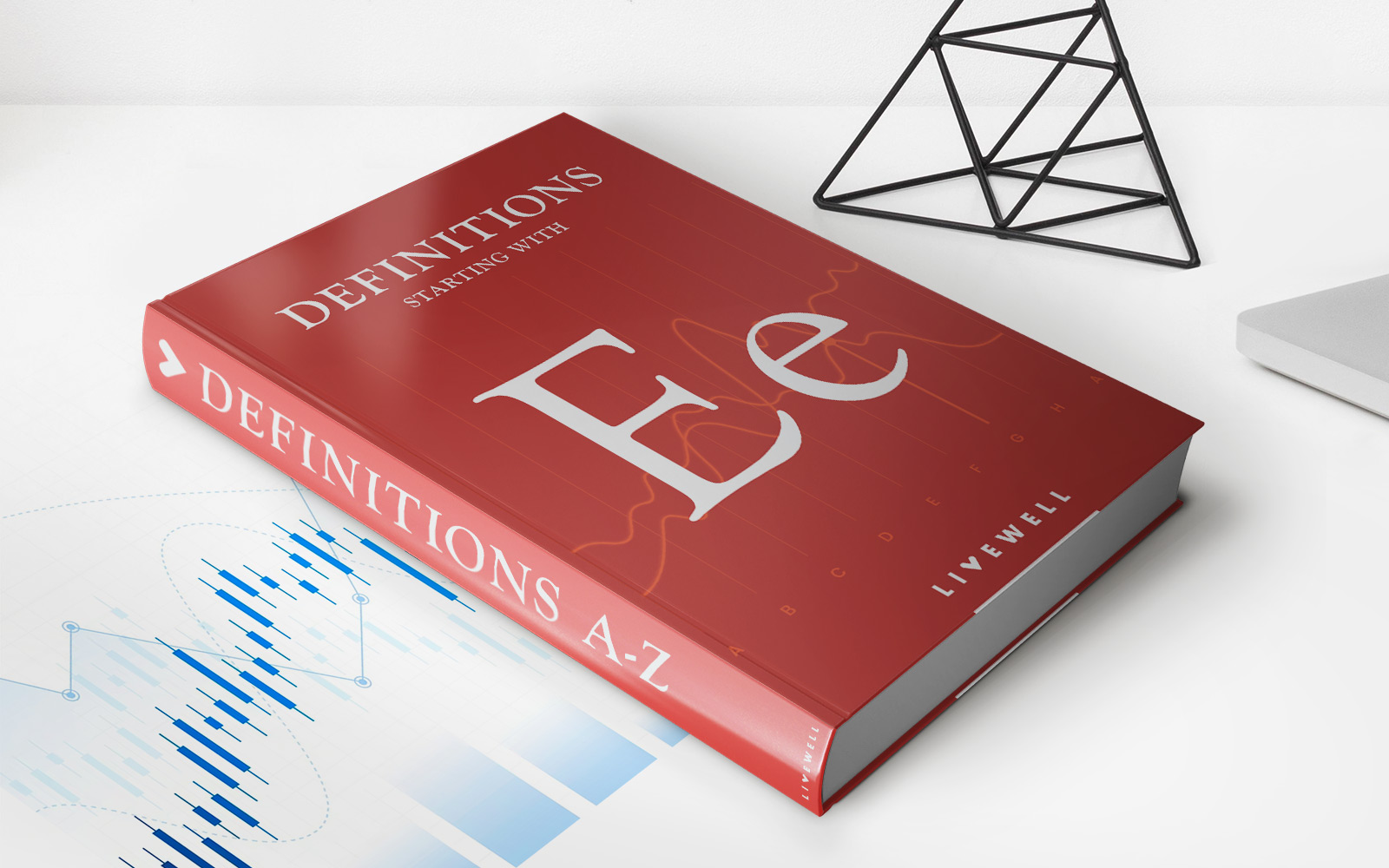

Finance
European Bank For Reconstruction And Development (EBRD) Definition
Published: November 19, 2023
Learn the definition of the European Bank for Reconstruction and Development (EBRD) in the field of finance and its significance in supporting global economic growth.
(Many of the links in this article redirect to a specific reviewed product. Your purchase of these products through affiliate links helps to generate commission for LiveWell, at no extra cost. Learn more)
Unlocking the Potential of European Bank for Reconstruction and Development (EBRD)
When it comes to international financial institutions, one name that stands out is the European Bank for Reconstruction and Development (EBRD). Established in 1991, the EBRD’s primary goal is to support the transition towards market-oriented economies and foster sustainable development across its diverse member countries. If you’re curious to learn more about this influential institution and how it impacts global finance, you’ve come to the right place.
Key Takeaways
- The European Bank for Reconstruction and Development (EBRD) was established in 1991 to promote sustainable development and market-oriented economies in its member countries.
- The EBRD invests in various sectors, including infrastructure, energy, and manufacturing, to support private enterprises and encourage economic growth.
What is the European Bank for Reconstruction and Development (EBRD)?
The European Bank for Reconstruction and Development (EBRD) emerged during a pivotal moment in history. Following the fall of the Berlin Wall and the dissolution of the Soviet Union, countries in Central and Eastern Europe, along with those in Central Asia, faced significant economic challenges. The EBRD was created to provide financial support and expertise to these countries as they transitioned to market economies.
How does the EBRD operate?
The EBRD operates by investing in projects and initiatives that align with its mission of promoting sustainable growth. The bank provides loans, equity investments, guarantees, and technical assistance to both private enterprises and government bodies in its member countries. By supporting initiatives in sectors like infrastructure, energy, and manufacturing, the EBRD aims to stimulate economic development and drive positive change.
What are the main areas of focus for the EBRD?
The EBRD focuses on several key areas to achieve its objectives:
- Sustainable Infrastructure: The EBRD invests in projects that promote sustainable infrastructure development, including transportation systems, energy efficiency, and green technologies.
- Economic Inclusion: The bank works to reduce income inequality by supporting initiatives that create equal opportunities for all members of society, such as financing small and medium-sized enterprises (SMEs) and providing access to finance for underserved populations.
- Transition Resilience: The EBRD is committed to helping member countries navigate economic and political challenges. Through targeted investments and strategic advice, the bank aims to build resilience and foster stability.
What is the EBRD’s impact on the global finance landscape?
The EBRD’s impact goes beyond its member countries. By promoting sustainable development and market-oriented economies within its regions, the bank contributes to global economic stability. Additionally, the EBRD’s investments in infrastructure, energy, and manufacturing sectors support job creation, innovation, and long-term economic growth.
Overall, the European Bank for Reconstruction and Development (EBRD) plays a critical role in supporting the transition towards market economies and sustainable development in its member countries. Through strategic investments and partnerships, the EBRD continues to unlock the potential for growth and prosperity across Europe, Central Asia, and beyond.
